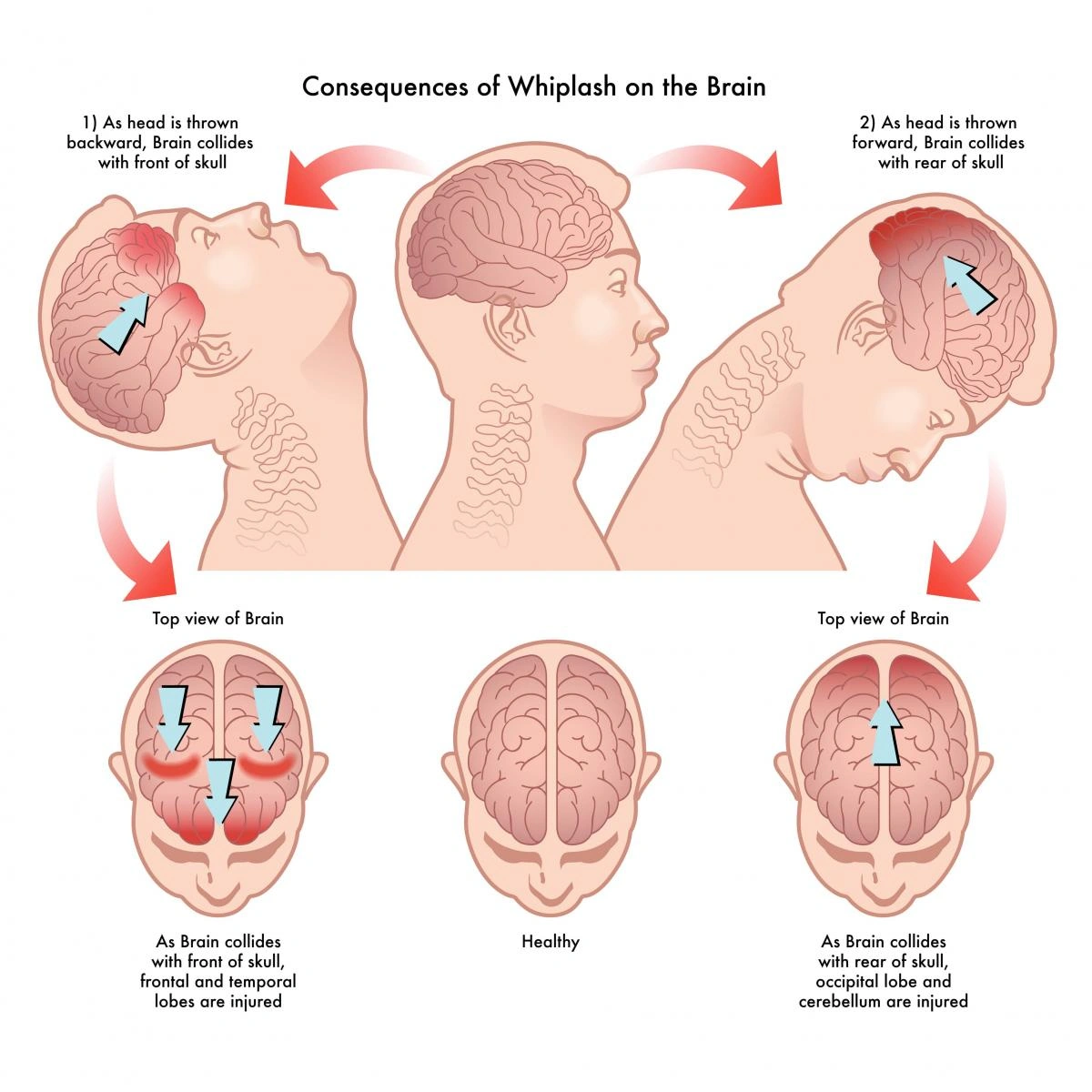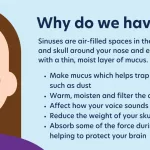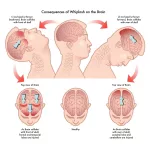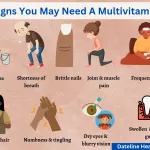
Wait, Was That Just a Stiff Neck?
There’s this tiny moment after a fender bender—okay, maybe “tiny” isn’t the word, especially if your heart’s still thumping and the all-too-familiar “Am I okay?” scan starts running through your brain. I remember mine. Some guy scrolled through his phone and—bam. I barely felt anything. No bruises, even. Just a little sore, like I’d slept weird.
Life keeps moving, right?
But by dinner, there it was. That weird, pinchy feeling in my neck, like I’d dropped my head onto bad pillows all night. The next day, tingling zipped down my arm every time I tilted my head. That was my first real dance with whiplash nerve damage symptoms. And let me tell you, it didn’t feel like just a pulled muscle. It felt…different. If any of this sounds a little too familiar, keep reading—this is our kind of chat.
Not All Hurts Happen Right Away
Did That Pain Sneak Up On You?
Let’s just be honest: most of us don’t wake up thinking “Today’s the day I learn what whiplash feels like.” It often shows up after car fender-benders (those are classic), but it can also be from a sports collision, a surprise trip and fall, or even a wild rollercoaster ride. What’s bizarre about whiplash is, sometimes symptoms don’t crash the party for hours… or even days (Whiplash symptoms delayed, anyone?).
It’s like your neck is whispering, “No worries!”—until it suddenly breaks into a full-on whine. So if you find yourself massaging your neck, shaking off weird tingles, or fighting headaches the morning after a jolt, don’t write it off as just one of those things.
What Are the “Uh-Oh” Signals?
Some pain is just pain. But sometimes it’s your body waving neon signs screaming, “Check your nerves!” Okay, you’re probably wondering what those are. Here’s the shortlist:
- Tingling or numbness: In your arms? Hands? Shoulders? (It’s like your body’s version of static on the radio—but it doesn’t just fade out.)
- Shooting or crawling pain: It might radiate from the base of your skull right down to your fingertips. Sometimes it feels fiery, sometimes cold and prickly.
- Muscle weakness: Maybe your grip isn’t what it used to be. Or you notice you’re dropping your coffee a little more often than normal. Annoying, right?
- Headaches and dizziness: Not just any headaches, but ones that kick in at the back of your head or make the world spin a little.
- Loss of coordination or focus: Sometimes, nerves mess with your ability to concentrate, remember simple things, or even balance when you walk across your kitchen at night.
If you’re itching to compare, check out this little table:
| Symptom | Normal Strain | Whiplash Nerve Damage |
|---|---|---|
| Neck pain | Dull or achy | Sharp, radiating, sometimes electric |
| Tingling/numbness | Uncommon | Very common, follows nerve pathways |
| Headaches | Occasional | Frequent, start at base of skull, move to forehead |
| Loss of strength | Rare | May affect grip, arms, shoulders |
| Dizziness | No | Sometimes, especially with nerve issues |
Small Moments, Big Red Flags
Stuff People Never Told Me About Nerves
Honestly, if nerves start joining the party after you’ve experienced a jolt, it’s like your body is telling you “Dude, don’t ignore me.” The trouble is, most folks do.
A friend of mine twisted his neck during a weekend soccer game. He shrugged it off (because—men—right?). A few days later, he was fighting a weird buzzing sensation in his left arm and noticed his hand felt weak…like, hard-to-open-a-jar weak. Only after his partner basically dragged him to the doctor did someone suggest his symptoms might be whiplash nerve damage symptoms.
Sometimes, nerve stuff hangs out quietly at first. Maybe you’re just tired…or thinking the world’s a little too bright or blurry. Or you snap at people way easier than usual (hello, mood swings). These aren’t “nothing” — they’re your body begging for a check-in. The people who listen early often bounce back fast. Those who don’t? Well… keep reading.
What If You Don’t Do Anything?
Let’s talk about untreated whiplash symptoms for a second. Because—just between us—nerves hold a grudge. Ignore tingling, numbness, or shooting pain for too long, and you risk having those symptoms pack their bags and move in for good. Chronic pain, muscle weakness that sticks, mental fog… I’m not saying this to scare you, but because, well, you deserve better than “just dealing with it.”
Ever tried to do yoga when your arm keeps going numb? Or wanted to pick up your kid (or a totally reasonable bag of groceries) without a zing of pain making you feel like you’re ninety? Yeah. Not fun.
Delayed Onset: When It Hides Out
Have you ever had an injury that waited days before showing its true colors? That’s whiplash for you. Sometimes the worst of Whiplash symptoms delayed are the sneakiest. You go back to your normal routine, maybe work out a little, go for a run, even play with the kids…and then comes that “wait, why is my hand asleep again?” moment. Some nerves like to keep things mysterious, giving you nothing but “normal” pain until—POOF—functional problems pop up two or three days after.
Honestly, even if you’re the “walk-it-off” type, trust your weird symptoms enough to ask someone real (read: a doctor, not your uncle with too many opinions) for help.
Making Sense of the Mess: How Doctors Check Nerves
Don’t Worry, It’s Not All Needles and Scary Machines
If you’re starting to worry about “big machines” and “prodding”—pause. Getting to the bottom of whiplash nerve damage symptoms doesn’t require a lab coat phobia. Usually, your healthcare pro will run you through some gentle tests to figure out exactly what’s up. Sometimes they’ll give you a superman MRI (clothes on, thankfully), or a CT scan, just to peek at the stuff we can’t see with an X-ray. These tests can reveal nerve irritation, swelling, or anything bigger brewing behind the curtain (research from Mayo Clinic backs this up).
No single scan tells the entire story, though. A lot of what helps is you giving them the real, gritty details—like when you noticed that tingle, or if you’re suddenly snapping pencils every time you try to doodle in your notes.
Early Moves That Make a Difference
Heard of RICE? It’s Not Just for Sprained Ankles
Let’s get practical for a sec—because when your neck or nerves are out of whack, you want answers (yesterday). Lucky for us, some early hacks do more than you’d think:
- Rest and ice: Still the oldies and still the goodies. If your neck feels hot and angry, start here.
- Gentle movement: Don’t go wild! No CrossFit, but little nods and slow rotations keep your muscles from freezing up. Stiffness is the enemy.
- Good old painkillers: Over-the-counter stuff (like ibuprofen) might help, but check with someone with an actual degree.
- Physical therapy: Don’t eye-roll yet! PTs are wizards at this. They’ll show you movements that stop pain from repeating itself like a bad song lyric (according to Cleveland Clinic).
- Listen to your symptoms: If the numbness and burning stuff isn’t getting better, or if you start dropping things you didn’t mean to, it’s time to call in the pros.
My cousin put off PT for almost two months. She’s kicking herself now (and not just because she finally got feeling back in her toes). Early intervention = happier nerves. Period.
Bigger Interventions, Only If Needed
If things don’t budge—or get worse—sometimes it’s time for the “fancy” treatments. We’re talking prescription muscle relaxants, nerve blocks, maybe a short stint of a foam collar, or steroid injections (based on Mayo Clinic Health System advice). The secret to the fancy stuff? It’s not about “fixing” you in one shot—it’s about dialing down symptoms so your body can heal like it wants to.
And hey, if you’re the acupuncture, massage, or yoga type—most docs are big fans of the “do what feels good (with supervision)” route, as long as you stick with stuff that makes things better, not worse.
Let’s Wrap This Up—But Gently, Okay?
Your Next Step Matters More Than You Think
Here’s the thing—whiplash by itself is enough of a pain. Add whiplash nerve damage symptoms to the mix (the weird tingling, the electric zaps, the sudden need for two hands where one used to do), and it can get overwhelming. But you have a say in how this story ends.
Tune in. Don’t brush off the delayed headaches, the “just numb” fingers, the crankiness that seems to come out of nowhere. Check out more info on Whiplash symptoms delayed or dig into what happens with untreated whiplash symptoms if you’re still not sure it’s time to act.
The best part? Most people get back to feeling like themselves, with a full range of motion, no nagging zaps, and far fewer headaches—if they don’t let things simmer too long. So call your doc. Compare notes with a trusted friend (me, or anyone else who’s walked this lopsided road). Make that physical therapy visit. Every action counts.
Because life should be more about living—running, hugging, dancing, you name it—than about whiplash, nerves, or worrying if “that pain” is the new normal. You know yourself best. Don’t let the small stuff become the big stuff. Take care of your neck and nerves. Seriously—you’ve got this.


















Leave a Reply
You must be logged in to post a comment.